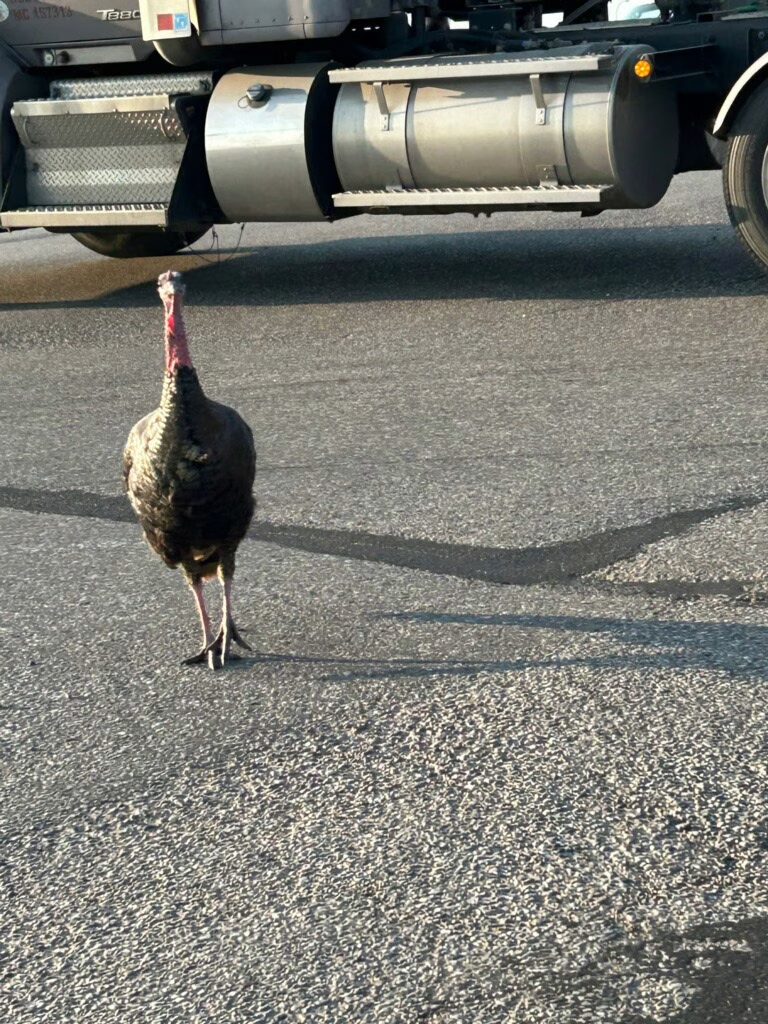When I worked as ag reporter for the Minot Daily News, I did an annual report on the crops in North Dakota. This was generally a fairly long article because as you know, this state produces a lot of agricultural products.
We produce a lot, but many of those crops and livestock don’t get the recognition they should.
As an example, you’ve most likely seen a report that comes out from the North Dakota Department of Agriculture outlining the 11, No. 1 crops that put North Dakota at the top of a national list.
Soybeans, wheat, canola, flax and honey are always mentioned among others like pinto beans, navy beans, chickpeas and others.
But there are other producers who are working hard to get their crops and livestock to market. Take for example wagyu beef. Sure, these are cattle, but they are a Japanese breed in which it’s said that marbling is in the red meat making it tender and moist.
Years ago, black angus became a buzzword and before we knew it, you could order black angus burgers at several fast-food restaurants. It’s unclear if wagyu will get to that point, but there are ranchers in North Dakota raising wagyu cattle.
Another livestock is emu. Roughly 20 years ago, emus were raised on numerous farms and ranches across the state. Some of the people turned that production into emu oil, made it into a cosmetic and sold it at Pride of Dakota shows and in drugstores.
Emus are still raised here and the cosmetic oil is still being produced, but since the hype went away, we don’t often hear about it anymore unless someone like a journalist brings it up.
There’s also lamb and meat goats. These meats are far more obscure, but they do exist, as does goat’s milk. At one time, there was a lamb vendor at North Prairie Farmers’ Market in Minot, but Kiwi Kate has since moved back to her native New Zealand. However, there are others still producing these products.
When it comes to crops, we could go on all day. But, we can start out with lentils. There was a time not so long ago when the growing of lentils was a novelty in North Dakota. As it turns out, North Dakota surpassed Idaho and Washington to become the nation’s second-leading lentil producer behind Montana.
Rye is kind of forgotten crop, yet North Dakota remains the second-leading rye producer in the nation behind Oklahoma.
When we talk about potatoes on a national scale, Idaho always enters the conversation. however, North Dakota is the fourth-leading producer of potatoes, ahead of California, but behind Idaho, Washington and Wisconsin.
Maine is also known for potato growing. The “famous potatoes” slogan is on Maine’s license plates. Truth is, Maine doesn’t even come close to North Dakota’s production. In fact, I can’t find the statistic, but I doubt Maine is even in the top 10 of national potato producers.
There are numerous other crops that make these lists but are often lower on the scale. I no longer have access to USDA’s database so I can’t quantify some of these items, but just know they are listed.
Among them, safflower, onions, carrots, sorghum, alfalfa, pumpkins, cabbage, asparagus, spinach, rhubarb, horseradish, and would you believe lettuce.
Larry Schumaker of Fullerton grows hydroponic lettuce in his greenhouse year round. It took several years to get his operation up and running, but now that it is, he supplies numerous grocers in eastern North Dakota with fresh romaine lettuce and other items like bok choy.
It’s a fact that traditional garden vegetables are difficult to perfect in a field environment, but there are numerous people doing it, that includes broccoli, tomatoes and even cut flowers.
Fruit trees are also on the rise. They include apple, cherry, apricot, grape and pear. In the 1920s, North Dakota had more than 1,300 fruit orchards. That went away but is now making a resurgence.













